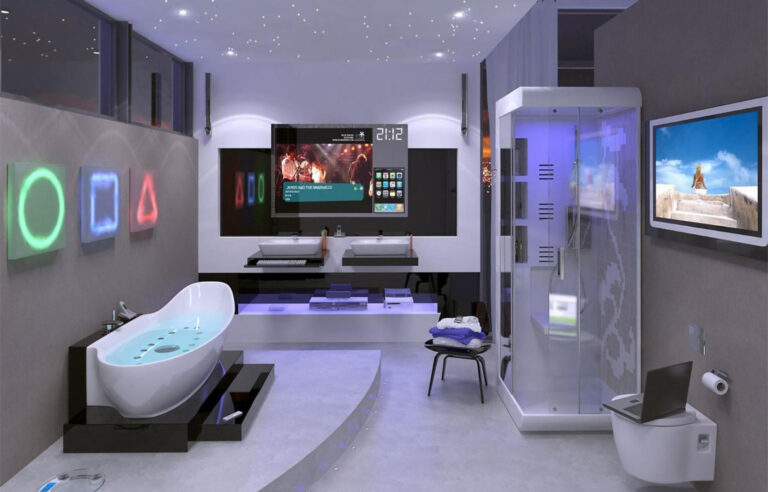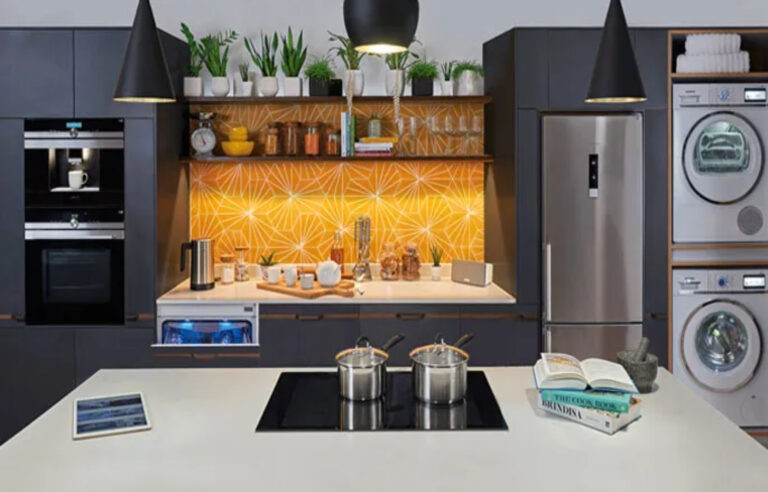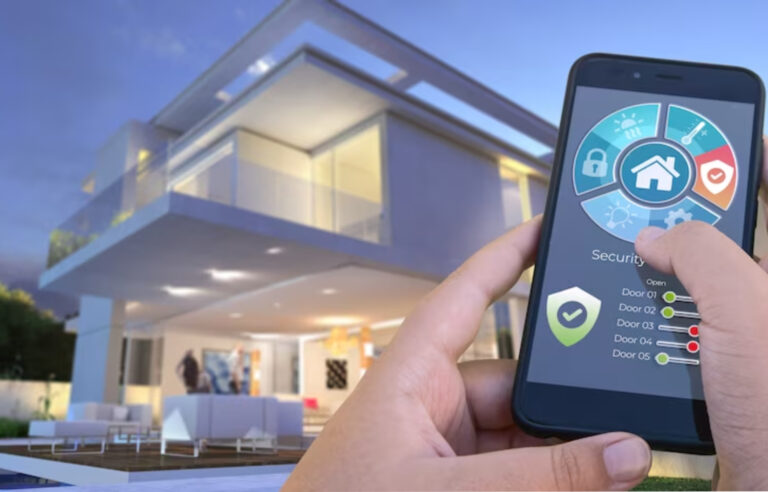
Color Psychology in Interior Design: Choosing the Right Palette for Every Room
Color Psychology in Interior Design: Choosing the Right Palette for Every Room Color Psychology in Interior Design : Selecting the Ideal Colour Scheme for Each
The intersection of cutting-edge technology and interior design is redefining what it means to live comfortably and efficiently. As smart home technology becomes more advanced, it’s seamlessly blending into our living spaces, enhancing daily life in once unimaginable ways. This evolution is at the heart of smart home interior design, where innovation meets aesthetics to transform how we experience our homes.
In today’s modern homes, technology isn’t just an add-on—it’s an integral part of the design process. This blog explores how smart innovations are reshaping interior spaces, the key technologies behind this shift, and what it means for homeowners and designers alike.
At the core of smart home evolution lies the Internet of Things (IoT)—a web of connected devices that can be managed from a single platform, often through smartphones or voice assistants. From smart thermostats that adapt to your habits to lighting systems that adjust based on natural light and time of day, IoT has made homes more intuitive and responsive, blending seamlessly into Smart home interior design.
This shift presents unique opportunities and design challenges for interior designers. It’s essential to integrate these systems in a way that maintains, or even enhances, the space’s aesthetic harmony. This often means concealing technology or using design elements that complement its presence.

Smart lighting is a perfect example of technology enriching interior design. These systems not only allow remote control but also offer customizable brightness and color temperature settings. They can automatically adapt to the time of day or user preferences, creating the right mood while conserving energy, all contributing to Smart home interior design.
Designers now look for lighting fixtures that are both stylish and smart-enabled, merging form and function. These choices enable homeowners to personalize their environments without compromising design integrity.

Kitchens are becoming digital hubs, with appliances like refrigerators that monitor inventory and ovens that preheat via mobile apps. This transformation demands thoughtful layouts that accommodate both the aesthetic and practical needs of a smart kitchen, seamlessly integrating with Smart home interior design.
Open-concept designs are especially popular, promoting fluid transitions between cooking and living areas. Designers must consider power access, discreet wiring, and smart hub placement to maintain a clean, cohesive look.

Security remains a top priority, and smart systems now include remotely accessible cameras, doorbells, and locks. These tools offer peace of mind and can be seamlessly incorporated into design plans as part of Smart home interior design.
Rather than standing out, these elements are increasingly being integrated in subtle ways, such as hidden cameras or locks that match the home’s architectural style. Environmental sensors, which monitor air quality and humidity, are also becoming key design features to promote well-being.

Eco-consciousness is driving the adoption of smart technologies that reduce energy usage and environmental impact. Devices like smart thermostats optimize energy consumption by adjusting heating and cooling based on real-time data, aligning with Smart home interior design.
Designers are embracing this trend by incorporating sustainable materials and energy-efficient systems into their plans. The goal is to create homes that are not only modern and beautiful but also aligned with green living principles.

As technology continues to evolve, so too must the role of the interior designer. Staying updated on the latest innovations and understanding how to integrate them seamlessly into home designs is now a vital part of the job.
Ultimately, the future of interior design lies in creating spaces that are intelligent, sustainable, and visually harmonious—spaces where technology works in the background to support and enhance the way we live.
IVS School of Art & Design is a well-established Interior Architecture & Design Center/Institute since 2007-08, with multiple branches in different locations in Delhi. They have already focused on teaching all of the above essential software. They have also introduced/students aware about cloud/browser-based software/apps as well as AI-based apps.

Accessory Designer from NIFT with 7 years of experience in Lifestyle and Fashion Accessories. Brings immense knowledge of both industry and education. Currently serving as a faculty member at IVS School of Art & Design.

Color Psychology in Interior Design: Choosing the Right Palette for Every Room Color Psychology in Interior Design : Selecting the Ideal Colour Scheme for Each

The Power of Lighting: Transforming Your Space with the Right Fixtures Lighting profoundly affects a room’s functionality and can drastically alter its ambiance. In addition

The Power of Lighting: Transforming Your Space with the Right Fixtures Lighting profoundly affects a room’s functionality and can drastically alter its ambiance. In addition
Subscribe to our newsletter & up to date with our new courses, expert classes and more !
© All rights reserved.